Many parents might find talking about periods with their children difficult and embarrassing.
Some might not know how to approach the topic.
But with one in seven girls in the UK not knowing what was happening when their period first started – according to figures from global children’s charity Plan International – perhaps it is time to help parents and carers by giving them the right information to have open and honest conversations with their kids about menstruation.
Our expert, Dr Savita Brito-Mutunayagam, an NHS Fife consultant in sexual and reproductive health, answers everything you need to know about periods and highlights the most common questions your child is likely to ask.
Is there a lack of awareness about periods among young girls?
Dr Savita Brito-Mutunayagam says: “We find that often, parents and carers might not know where to access advice and information on menstruation.
“Or they might not know how to begin talking to their children or young people about periods.
“This is why we want to highlight the commonly asked questions and where to go online for trusted sources of advice.”
When should I talk to my child about periods?
The NHS Fife consultant says that talking about periods shouldn’t be one big talk at a particular age.
She explains: “Instead, parents or carers should start the conversation early and slowly, and build on their child’s understanding.
“I’d recommend parents try to normalise conversations about periods and puberty in their household as young people need reliable information about periods.
“It’s important to talk to boys as well as girls to foster awareness and understanding, and challenge taboos around menstruation.
“If your child doesn’t ask questions about periods, you can bring it up.
“I’d suggest identifying a natural moment to talk about it, such as when there is a period product advert on TV or if you’re at the shops buying period products.
“What you talk about depends on your child’s age and level of development.”
When do most people get their period?
A first period can happen anytime between 8 and 17 years of age. The average age is 12, but everyone is different.
But Dr Brito-Mutunayagam says there are signs that your child’s a period may be coming soon.
“Typically, someone will get their period about two years after their breasts start to develop and/or they start growing pubic hair.
“Another sign is vaginal discharge that they might see or feel on their underwear.
“This discharge usually begins about six months to a year before someone gets their first period.
“These timelines can help parents prepare their kids by making sure they know where to access period products in their school or at home.
“But again, remember everyone is different.”
What causes a period?
The NHS Fife consultant explains that periods happen because of changes in hormones to prepare the body for a possible pregnancy.
Hormones are chemical messengers.
The ovaries release hormones Estrogen and Progesterone. These hormones cause the lining of the uterus (or womb) to build up.
The built-up lining is ready for an egg fertilised by a sperm to attach and start developing.
If there is no fertilised egg, the lining breaks down and passes out of the vagina – this is what’s called a period.
Then the same process happens all over again, every month or so.
Do periods happen regularly when menstruation starts?
For the first few years after a first period, it may not come regularly. This is normal at first.
Dr Brito-Mutunayagam adds: “By about two to three years, periods should be coming around once a month.
“It is good practice to encourage your child to keep a track of their periods when they first come so they can get used to what’s normal for them.
“There are plenty of free apps that can help with this.
Periods usually last about five days. But a period can last shorter or longer.
Period blood is usually red but can be pink, brown or black on lighter days.
How often does a period happen?
Periods usually happen about once a month.
But the NHS Fife consultant says some people get their periods around every three weeks. And others only get a period about once every six weeks.
Again everyone is different.
What is PMS?
PMS (premenstrual syndrome) is when someone has emotional and physical symptoms that happen before or during their period.
These symptoms can include moodiness, sadness, anxiety, bloating, and acne. They tend to go away after the first few days of a period.
What period products should I use?
There are a range of period products including tampons, disposable or reusable pads, menstrual cups and period underwear.
Dr Brito-Mutunayagam advises: “Talk to your child about all the options available to them allowing them to choose what they will be most comfortable using.
“Remember your child may prefer different products to what you have used yourself.
“Tampons and cups can take some getting used to so it is important that they don’t feel under pressure to use them if they find them uncomfortable.”
Free period products
The Scottish Government introduced new legislation – the Period Products (Free Provision) (Scotland) Act 2021.
The Act requires local authorities to ensure period products can be easily obtained free of charge. Free period products are available in most public buildings and schools.
The Scottish Government, working with Hey Girls, have produced an app called PickUpMyPeriod, so anyone can find free products in Scotland.
The app is available for download on Android and Apple devices. You can also request free period packs online from Hey Girls.
Problems with you period?
Most people don’t have any problems with their periods. But you should call your doctor if your child:
- is 15 and does not have their period
- has no puberty signs or their period and is aged 13
- is more than 2 years from their first period and they still do not come in a regular pattern
- has severe cramps, not relieved by painkillers, has very heavy bleeding (bleeding that goes through a pad or tampon faster than every 2 hours)
- has severe PMS that gets in the way of their everyday activities
Dr Brito-Mutunayagam adds: “The more children understand about their bodies, the better they’re able to make good, healthy choices.
“So it’s vital that parents or carers make sure their children get reliable information from them or another trusted source.”
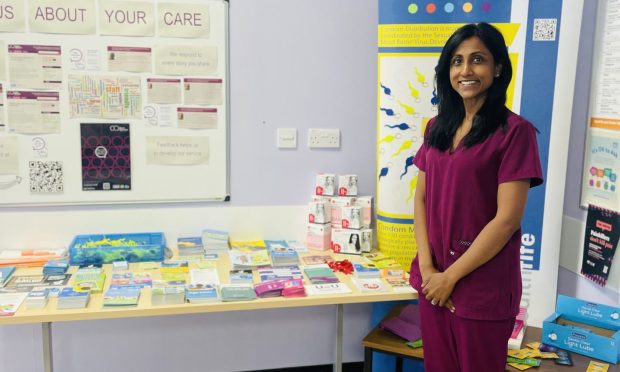
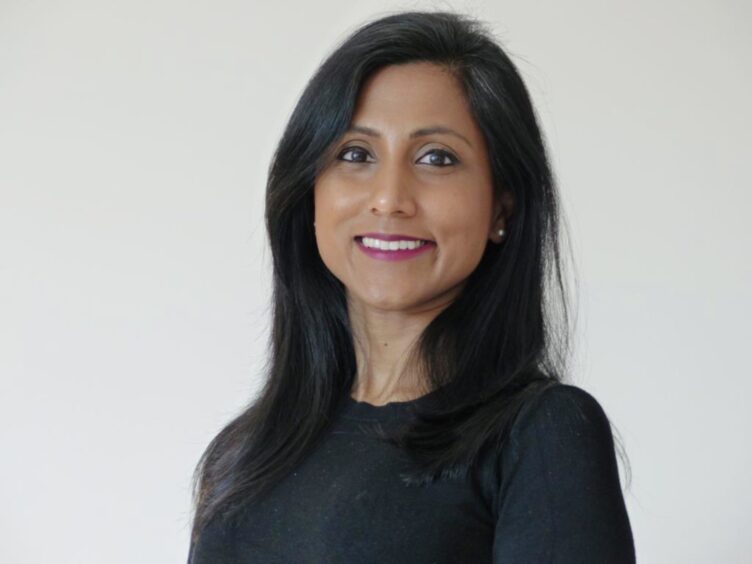
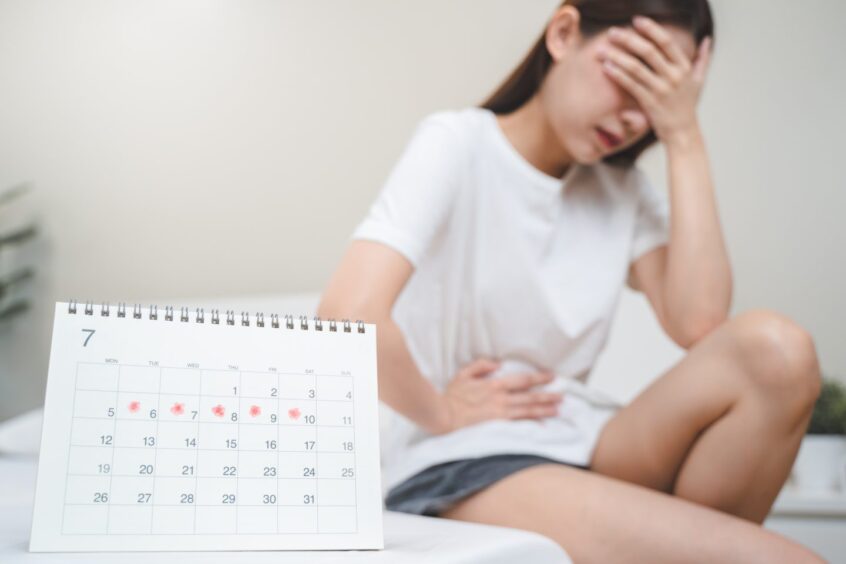
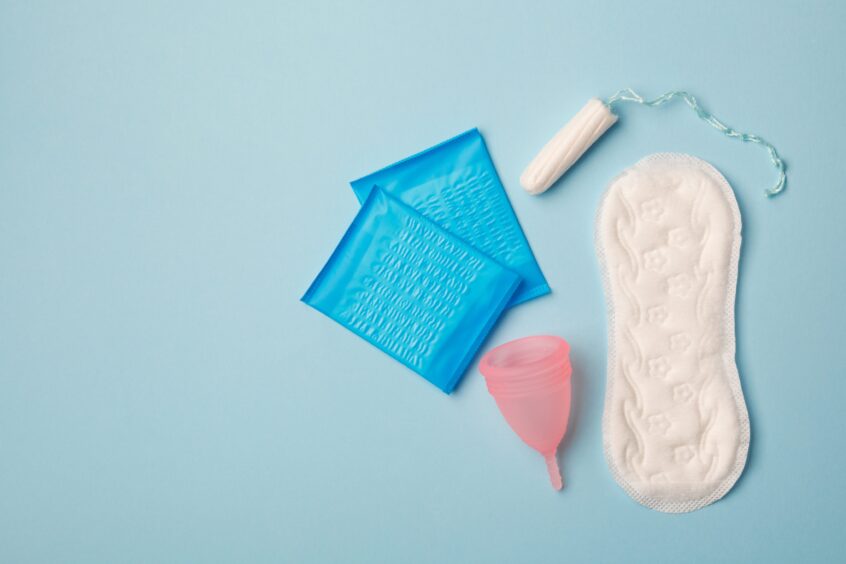
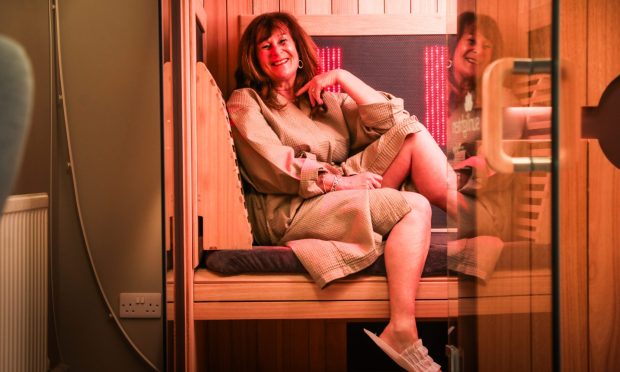

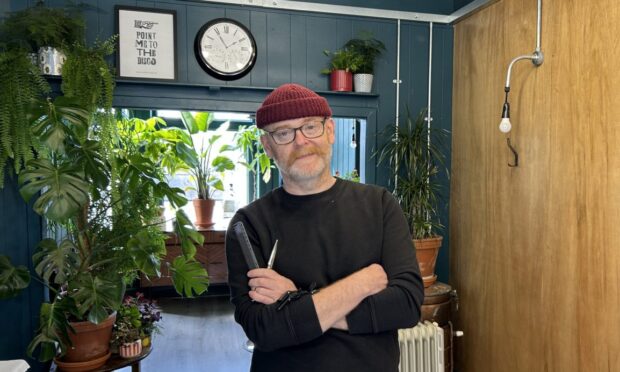
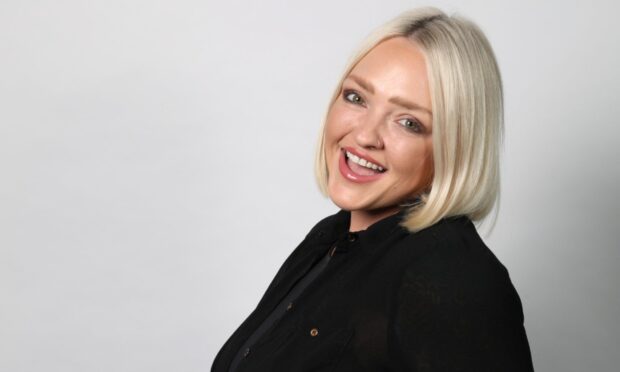
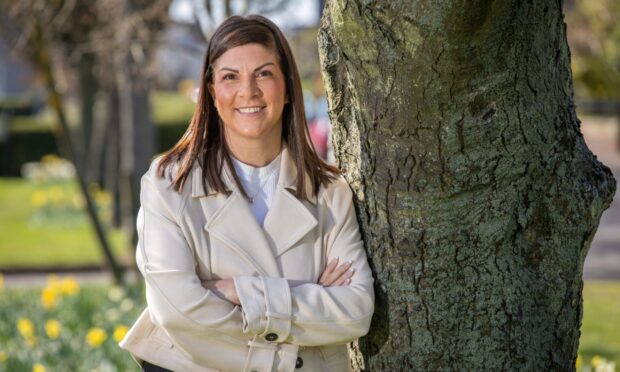

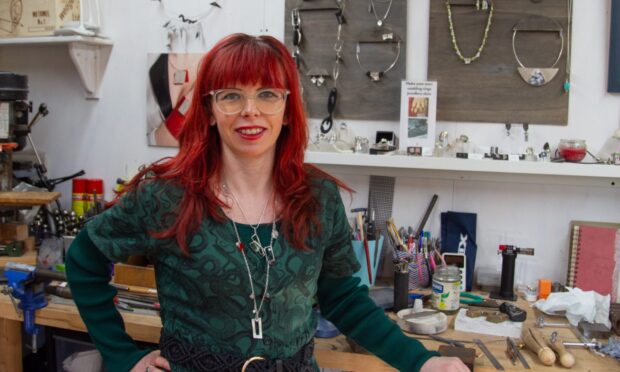
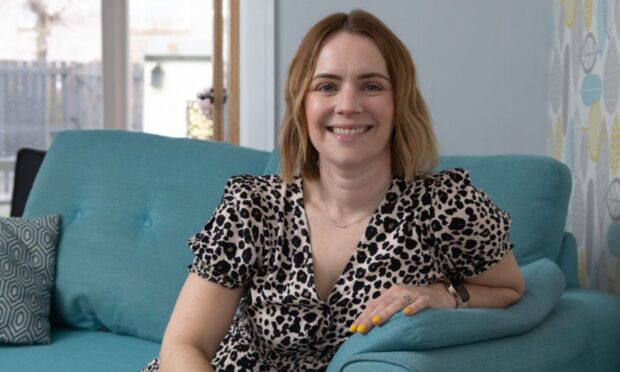
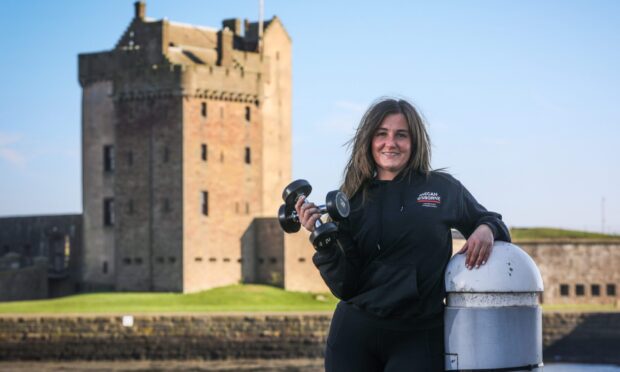

Conversation